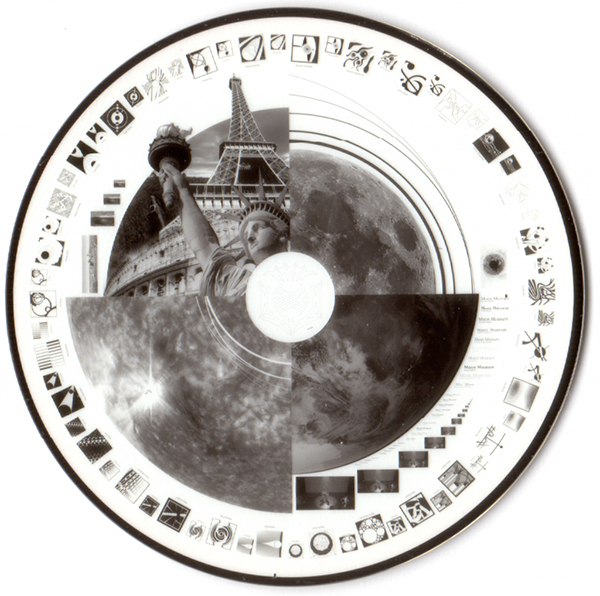Art & Exhibitions
Carnegie Mellon Is Sending an Impossibly Tiny Art Museum to the Moon


Sarah Cascone

When Carnegie Mellon University’s Robotics Institute sends a rover to the moon next year, the space vessel will save room for the Moon Arts Ark, an impossibly-compact capsule bearing elements representing the arts and humanities.
The Ark, which will essentially function as a super-tiny, non-encyclopedic museum of life on earth, has been designed to include data, images, and physical evidence of art, architecture, design, music, ballet, poetry, and drama. It will hopefully continue to remain operational over millions, or even billions of years as it projects its message using deep space radio-wave transmissions.
The Carnegie Mellon rover is being funded by Pittsburgh’s Astrobotic, Inc., one of several privately funded companies competing to be the first to send a spacecraft to the moon as part of the $30 million Google Lunar XPrize contest.

Illustration of the Moon Arts Ark.
Photo: via the Moon Arts Project.
Astrobotic founder William Wittaker has already received $1.75 million in funding from Google from the project, making the Ark far more likely to succeed than Mikael Genberg‘s proposed Moonhouse.
The space art ranks include an alien cell phone charger art aboard the UKube-1 satellite, Invader’s International Space Station mosaic, and the Damien Hirst dot painting that crash landed on Mars in 2003 and was only found this year. Paul van Hoeydonck‘s aluminum sculpture Fallen Astronaut has been on the moon since 1971.
Artist Lowry Burgess, whose Boundless Cubic Lunar Aperture in 1989 became the first non-scientific payload for NASA’s Space Shuttle, serves as the Moon Arts co-director along with Carnegie Mellon School of Design professor Mark Baskinger. Approximately 40 team members are bringing the ambitious project to fruition at the university’s Frank-Ratchye Studio for Creative Inquiry.
“This is an opportunity to take the arts and humanities into a realm that is traditionally thought of as cold and lifeless,” Burgess told Carnegie Mellon University News.

The Moon Arts Ark (rendering).
Photo: via the Moon Arts Project.
The Moon Arts project envisions the Ark, conceived of as a “sculptural artifact,” becoming a “Cultural Heritage Site that anticipates the journey of humanity into luminous outer space,” as per its mission statement. “Moon Arts Ark is the life of light, singing to the moon in all its glorious rays.”
The four-chamber Ark, which will weigh just six ounces (about half of a can of soda), will hold four engraved sapphire disks as well as tiny metal sculptures, biological samples serving as evidence of life on earth, nano-artworks, and other artifacts that will collectively provide an overview of 21st-century human culture.
While the Ark will remain on the moon forever, the Moon Arts team is making a second copy that will remain behind, touring Europe in an exhibition curated by Jean Luc Sorect.